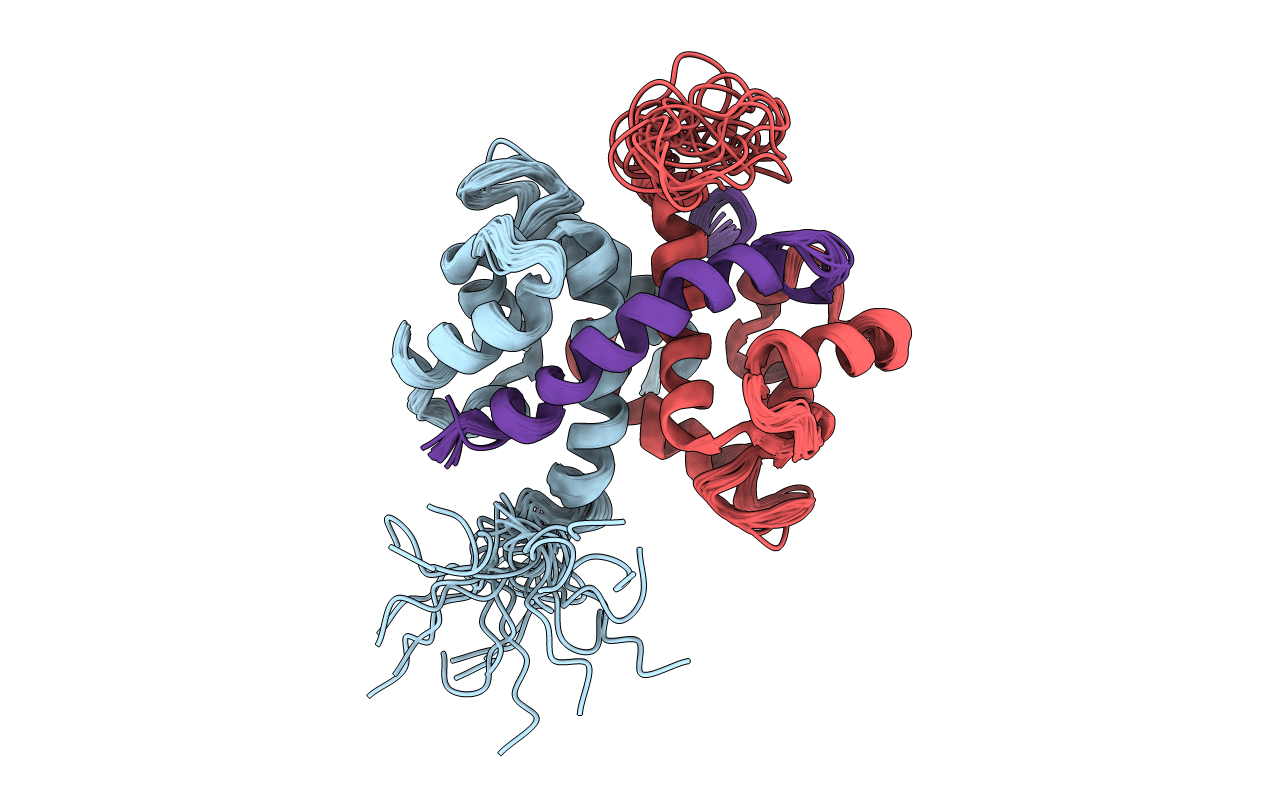
Deposition Date
2011-12-30
Release Date
2012-04-25
Last Version Date
2024-05-15
Entry Detail
PDB ID:
2LNK
Keywords:
Title:
Solution structure of Ca-bound S100A4 in complex with non-muscle myosin IIA
Biological Source:
Source Organism:
Homo sapiens (Taxon ID: 9606)
Host Organism:
Method Details:
Experimental Method:
Conformers Calculated:
200
Conformers Submitted:
20
Selection Criteria:
structures with the lowest energy


